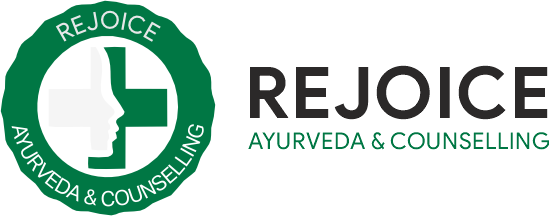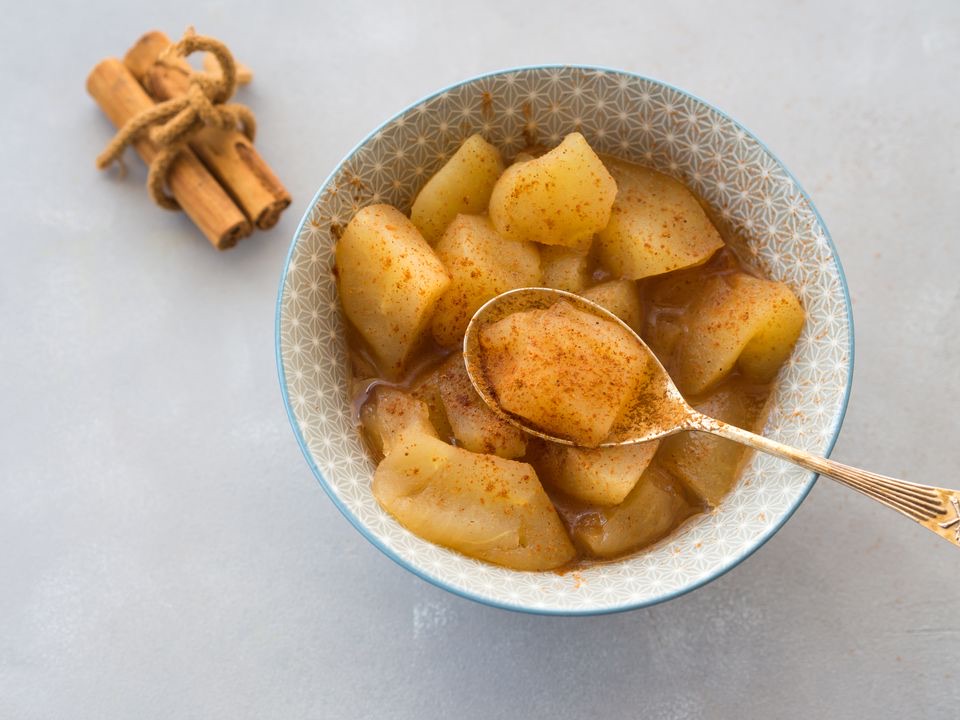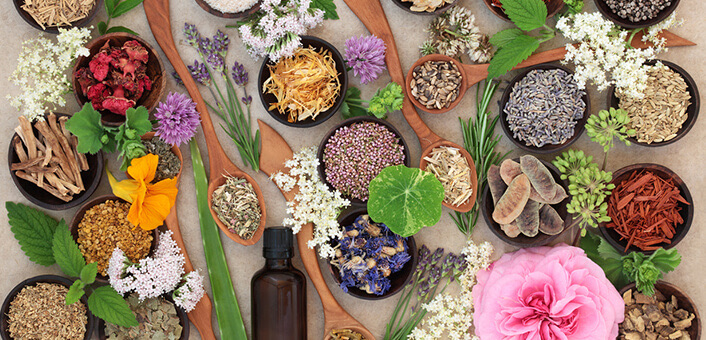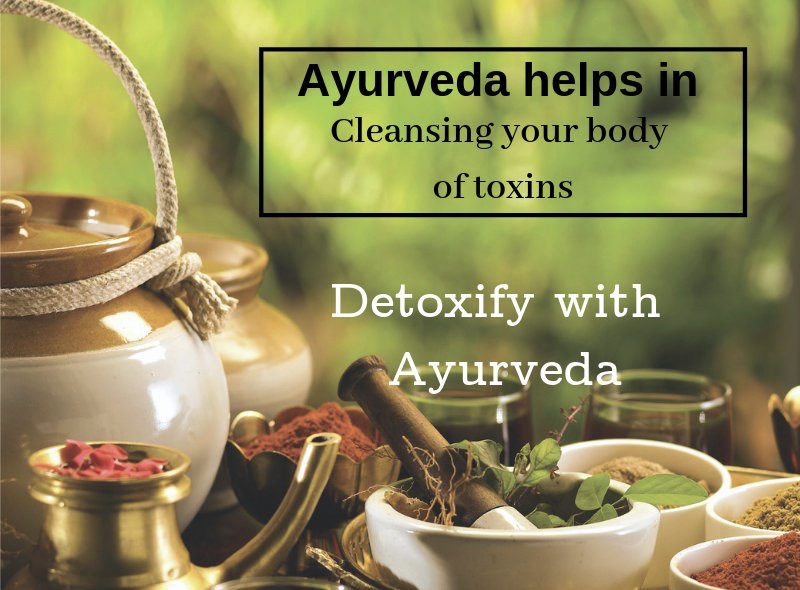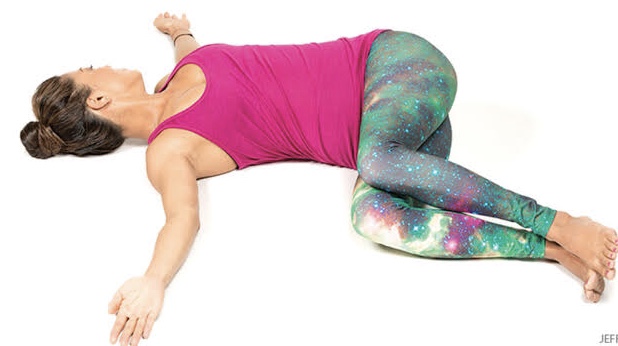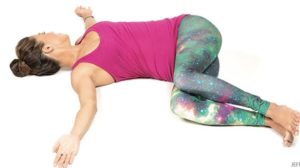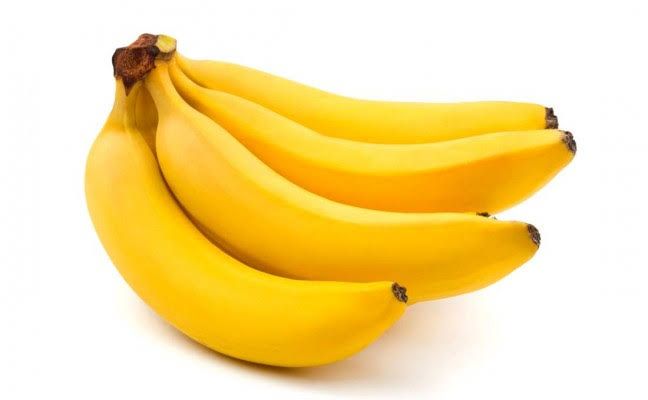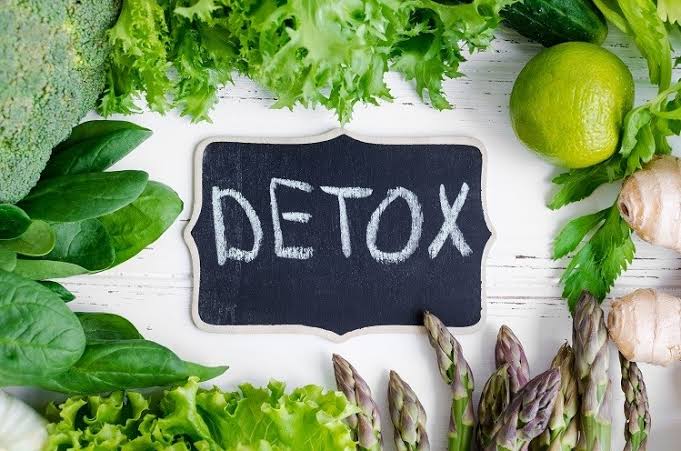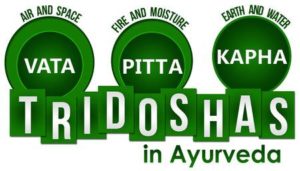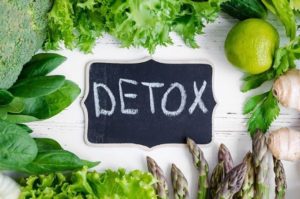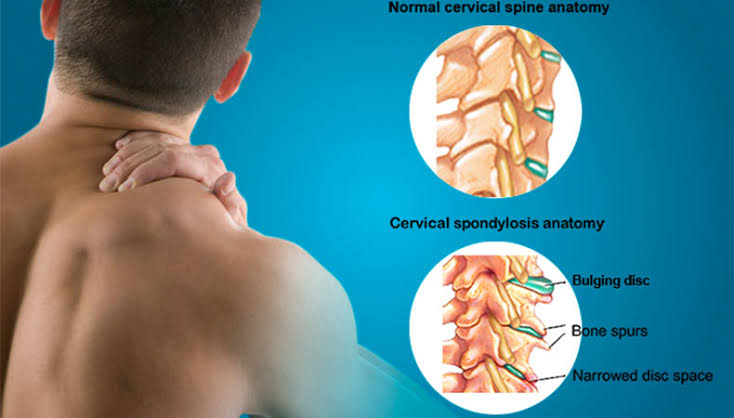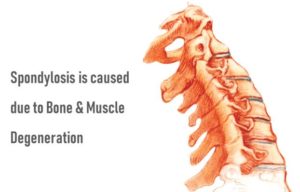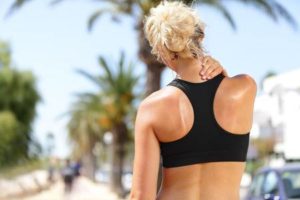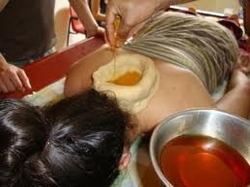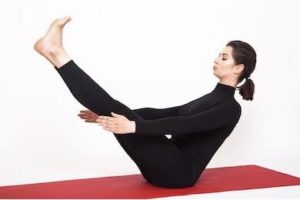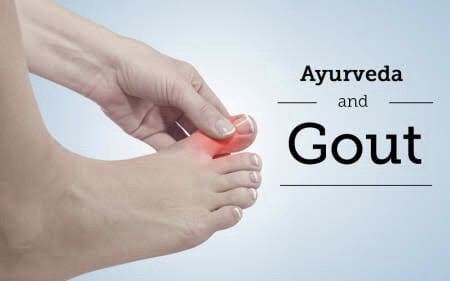
Ayurveda for Gout/ Vatarakat
Gout/ Vata-Rakat:

Causes of Gout/ Vata-Rakata:
Sedentary lifestyle along with mental stress, consumption of non-vegetarian and highly protein diet, excessive alcohol intake are some of the precipitating factors which causes acute exacerbation of Vatarakta. The aetiological factors responsible for Gouty arthritis, pathology and clinical features are quite similar with the Vatarakta. Gout is more common in men than women.
- Consuming high protein diet-It is not digested and converted in to muscles very well. Such half converted mass remains in the tissues get ferments and create Uric acid.
- Eat too much meat and fish that are high in chemicals called purines
- Drinking much alcohol (specially beer) and smoking
- Excessive intake of Lavana (salty), Amla (Sour), Katu (pungent), Tikta (bitter), Kshara (alkaline),
- Lack of exercises and Overweight
- Mentally stress
- Highly intake of Junk food, bakery products, rice, spicy, potato, dry fruits, pickles, oily and fried food
- Some medicines such as diuretics can also bring on gout.
Gout is purely lifestyle and diet related problem: Regularly taking alcohol specially beer, lack of exercises, unhealthy diet and weight gain creates blocks in the metabolism and kidneys. Thus excess uric acid is produced and kidneys don’t flush them out. So they, get deposited in to the bones. Specially it begins with pain in small joints eq. finger joints or big toe joint and then reddish painful swelling. Some times you get severe attacks of gout pain even by touching the bed sheet, you’ll feel severe pain in knees, ankles, wrist, elbows or fingers. The Creping pain remains throughout the day.
Symptoms of Gout/ Vata-Rakat:
It is characterised by an attack of sudden burning pain, stiffness, and bursitis (swelling in the spaces of joints) or cellulitis (swelling with redness and fluid collection) usually a big toe, tenderness, burning sensation in the affected joints, tenosynovitis (swelling of muscle tendon and its covering sheath), urolithiasis (kidney stones) and kidney disease. The most common sign of gout is a night-time attack of swelling, tenderness, redness, and sharp pain in your big toe. You can also get gout attacks in your foot, ankle, or knees, or other joints. The attacks can last a few days or many weeks before the pain goes away. Another attack may not happen for months or years. These attacks can happen over and over unless gout is treated. Over the time, they can harm your joints, tendons, and other tissues.
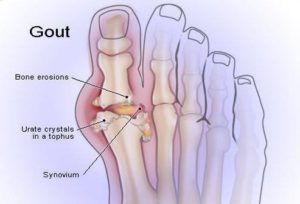
Acute gout attacks may happen repeatedly due to a sudden rise in serum urate following alcohol, severe dietary restrictions, diuretic drugs. Acute gout attacks may also be provoked by trauma, unusual physical exercise, surgery or severe systemic illness. Usually, one acute gout attack may not lead to disability.
Chronic gout: Recurrent attacks lead to chronic gout. It leads to erosion of cartilage and bones. Severe joint deformities are also seen and it may lead to disability.
Based on the seat of the disease, Vatarakta is classified into 2 types.
- Uttana (superficial) – This is located in the skin & muscle
- Gambhira (deep) – This is located in the deeper dhatus and more severe in nature. Tophi or nodule formation occurs.
Ayurveda Treatment for Gout/ Vata-Rakat:
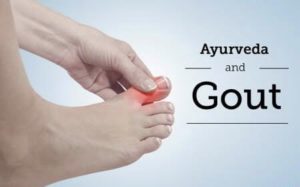
We offer authentic and traditional Ayurvedic treatment for gout. The treatment includes mainly shodhan, shaman, Diet and lifestyle modification, yoga and exercises.
Panchakarma therapy (Abhyangam (massage) with specially prepared Ayurvedic oil, Elakizhi, Njavarakizhi, Snehanam, Swedanam (medicated steam bath), Virechanam (medicated purgation), Basti (medicated enema) and specially prepared herbal paste (lepam) for external application and internal medicines etc according to the patient’s medical condition. If you strictly follow instructions and take treatment and medicines as directed by Doctor, definetely you’ll get miracle results with in 2-3 weeks. We are using pure Ayurvedic medicines for the treatment of Gout. Ayurvedic treatments are often herbal in nature. It’s believed that everybody has a predominant dosha, which is the main energy in the body. Your dosha determines what illnesses you tend to ail from. In Ayurveda, understanding your dosha can help you figure out which treatments and lifestyle changes you should undertake to achieve balance. There are three doshas: vata, pitta, and kapha.
Panchkarma treatment help deeper cleansing and flushing out the toxins from the body. This cleansing contains strong purgation therapy to remove acids, followed by cleansing enemas to pull out uric acid from joints and kidneys. Our cleansing treatment helps in activate metabolism, reduces weight and keeps you fit and free from uric acid if you maintain your diet and lifestyle according to Doctor’s instructions.
Gout – Modern overview
Gout is a collection of diseases, mainly affecting small joints. It is also related to disorders of the kidney. It is predominantly seen in males (above sixteen years) and mostly seen in females before menopause. It is the most common cause of inflammatory joint disease in men over 40 years.
Gout causes: Uric acid concentration in the body fluids depends upon the balance between purine synthesis and uric acid elimination through the kidneys and intestine. Various genetic and environmental factors lead to increased uric acid levels in the blood, either by decreasing the excretion of uric acid or by increasing its production. In about 75 % of patients, genetic deformity contributes to increased uric acid levels by decreased uric acid excretion through urine. In such patients, if the kidneys are normal, they excrete more and more uric acid through urine. Factors influencing gout and increased uric acid levels in the blood:
- Renal failure and Lead poisoning
- Myxoedema and Down’s syndrome
- Drugs like diuretics, Pyrazinamide, and aspirin etc
- Hyperparathyroidism (increased parathyroid hormone)
- Lactic acidosis by alcohol, exercise, starvation, vomiting and toxaemia in pregnancy.
Advice for curing Gout:
- Drink Plenty of water every-day. Water flushes out toxins from the body. Excess uric acid will be eliminated through urine. Coconut water and barley water very good
- Regular exercise specially running and swimming is very good. Everyday running at least 30-45m, your body get sweating itself which will excrete the toxins from your body automatically.
- Take walnut 15m before food and after food chew 1teaspoon of flaxseed.
- Avoid Stored food, junk food, much spicy, deep fried food and fermented acidic foods as they block metabolism and thus increases uric acid accumulation in the body
- Avoid completely meat and sea food as they contain “purin” which increases uric acid very fast.
